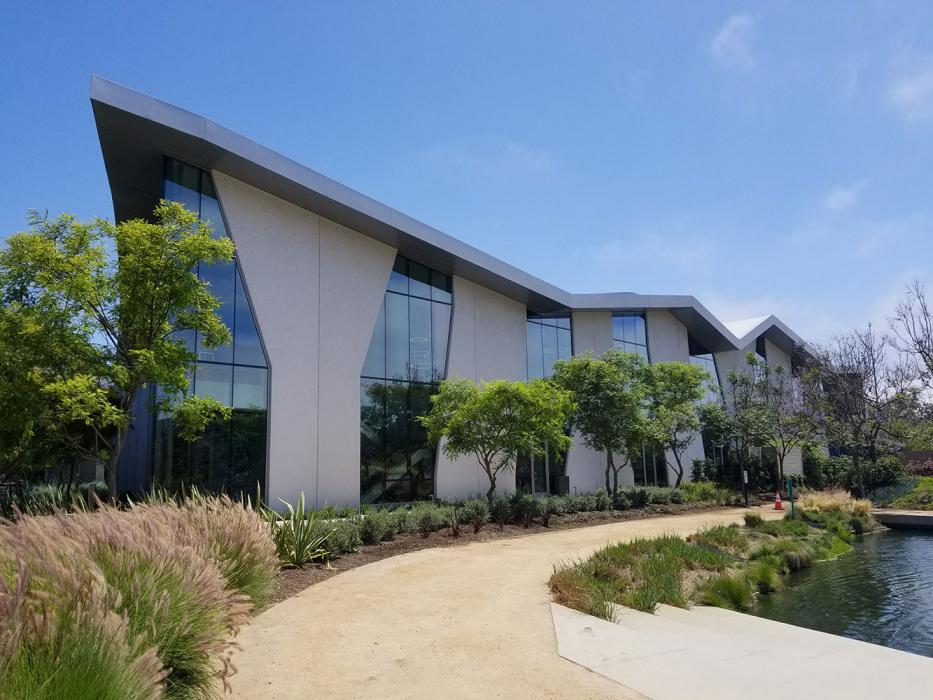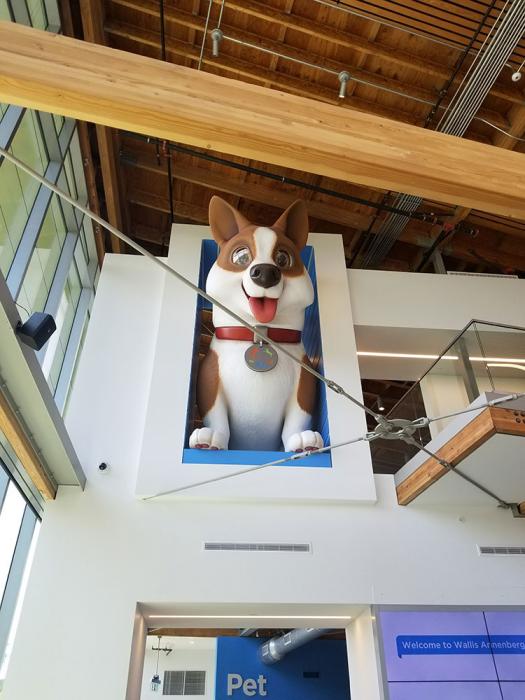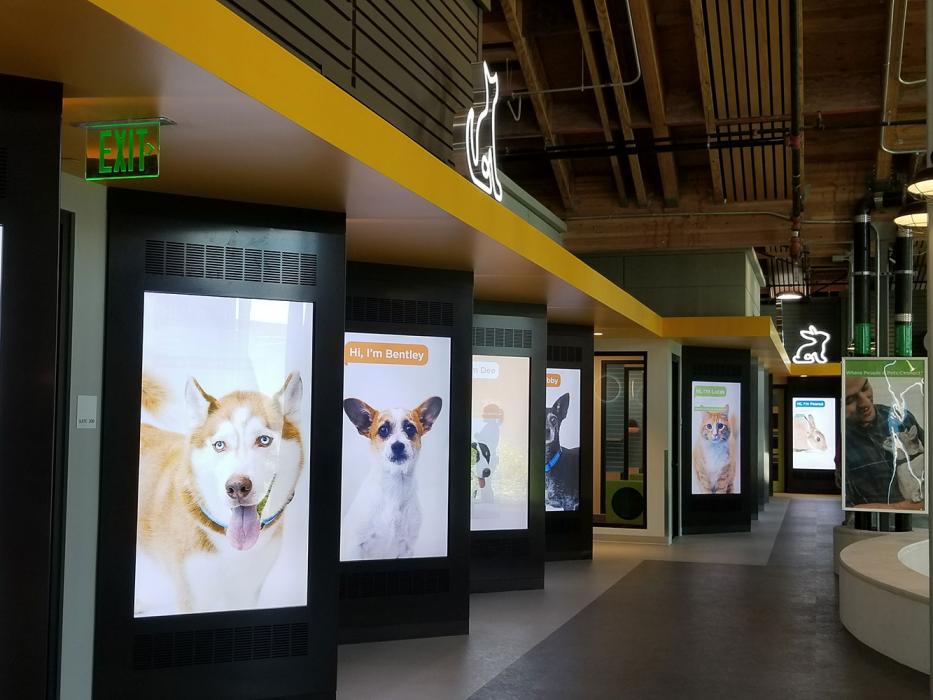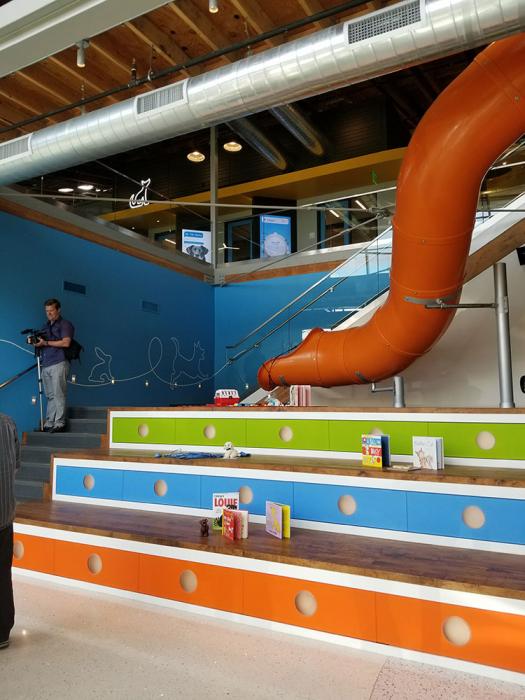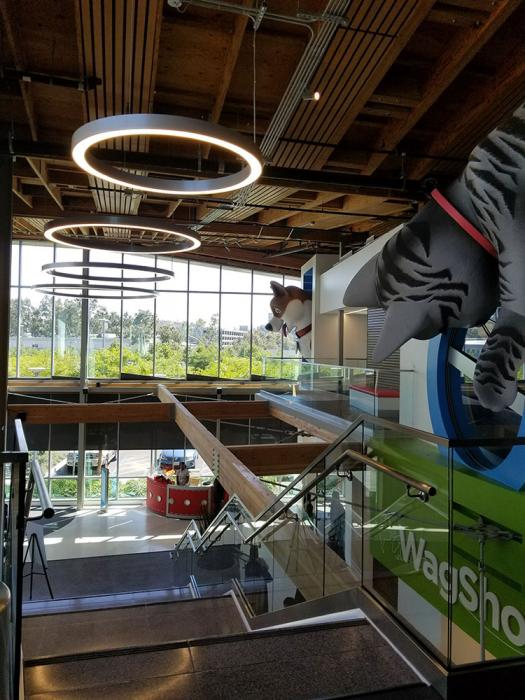Wallis Annenberg PetSpace
To align with the programming of this animal care facility, we helped the client with healthy building materials, public education on sustainability and occupant health and well-being.
Overview
In the Playa Vista neighborhood of Los Angeles, the two-story Wallis Annenberg PetSpace consists of animal support areas, public spaces and offices. The facility provides adoption services for cats, dogs, and small animals, learning programs, special events, and leadership programs regarding animal welfare. To align with the programming of the facility, the project’s focus is on healthy building materials, public education on sustainability and occupant health and well-being.
We provided sustainability consulting to Swatt | Miers Architects for the 39,970-square-foot facility, which was completed in 2017.
Highlights
- Our staff coordinated with the owner and the design team to manage the LEED certification process by providing technical advice to the project team, coordinating and managing the LEED Online documentation effort and managing quality assurance and control procedures related to the certification process.
- In addition, we conducted a life-cycle assessment (LCA) to quantify the environmental implications of the project, including global warming potential, smog potential and acidification potential.
- As a result of this study, it was found that the project met the criteria set forth by the LEED v4 Life-Cycle Assessment Materials and Resources credit and demonstrated a 16 percent reduction in global warming potential relative to the baseline building.


